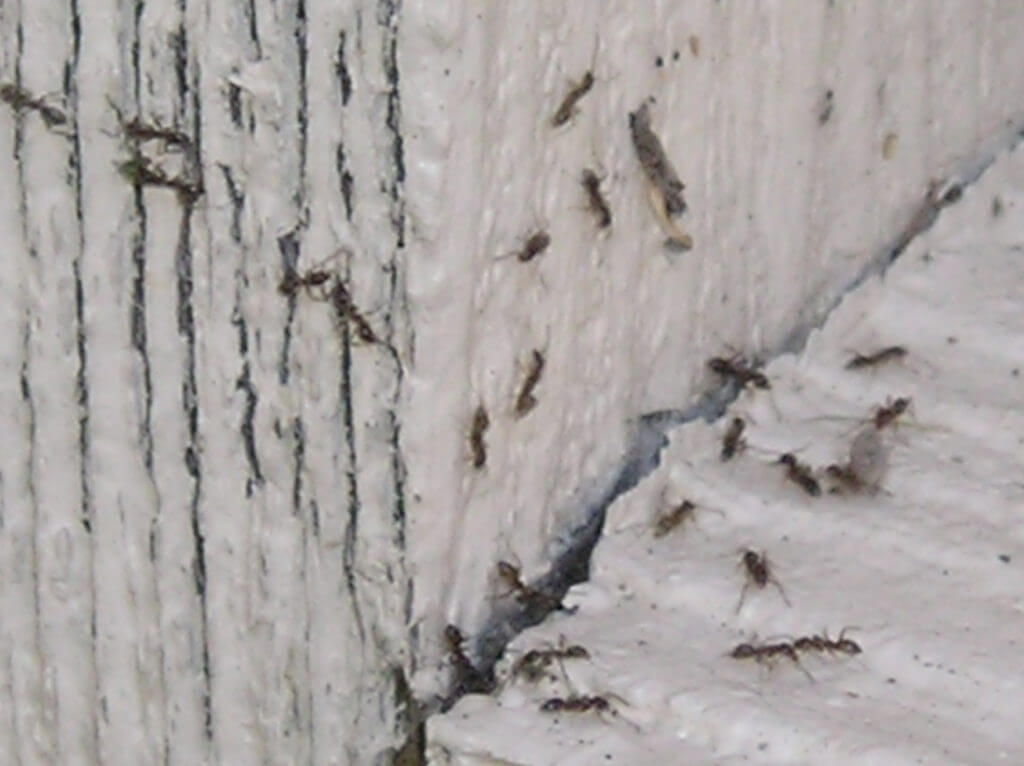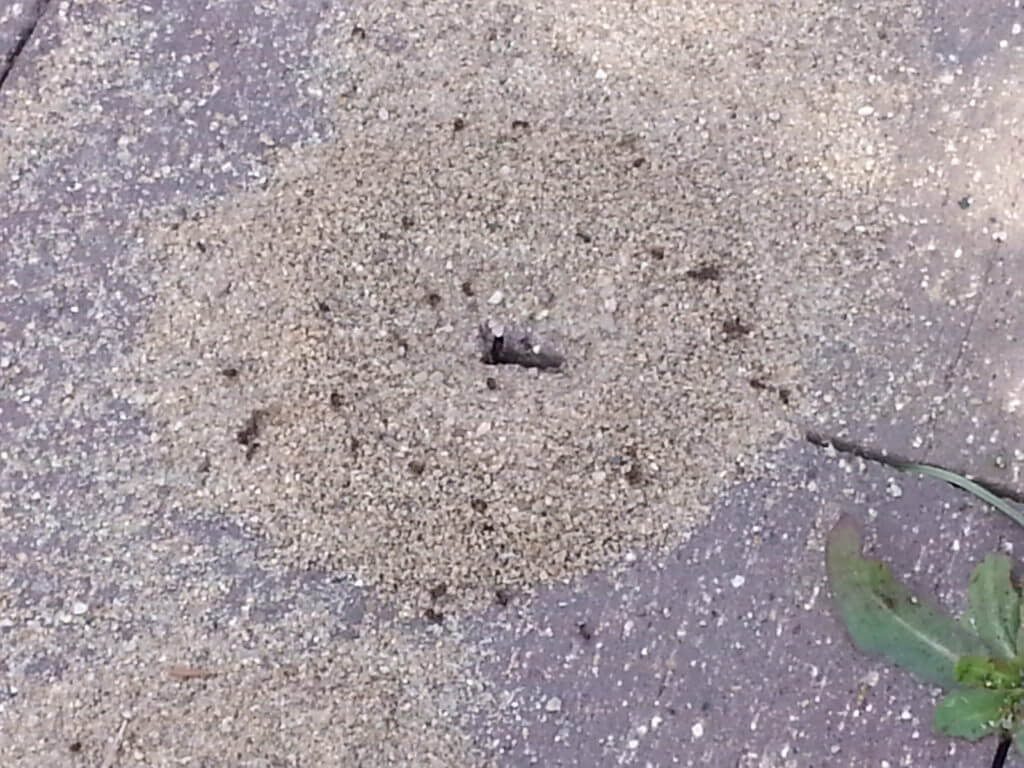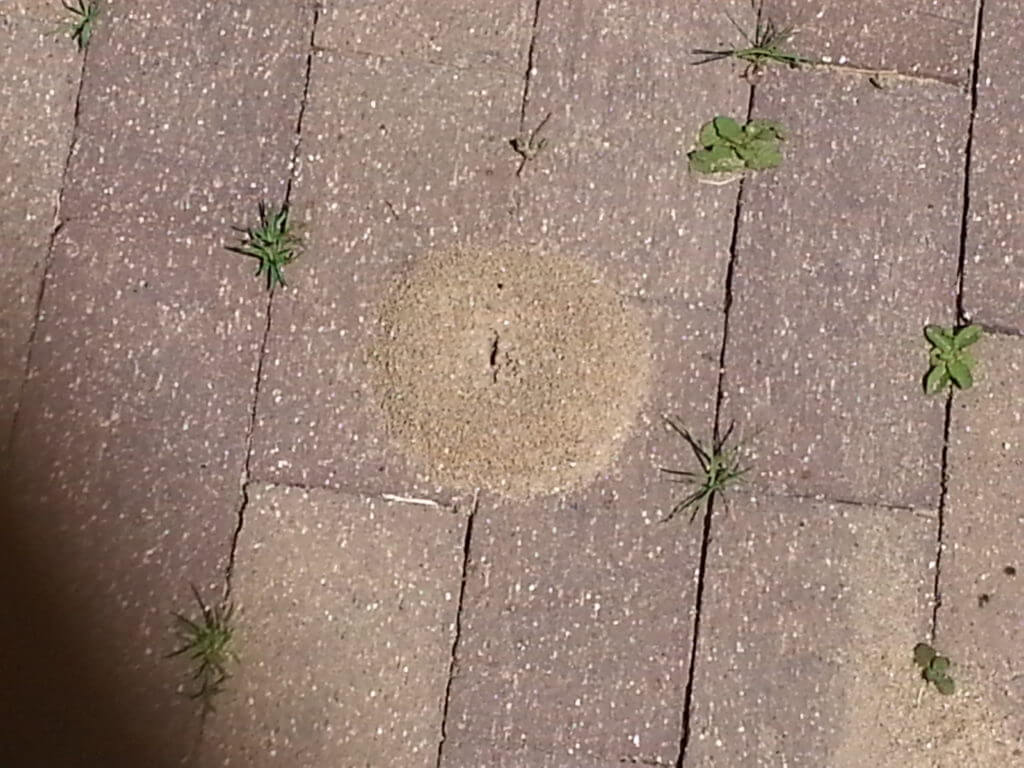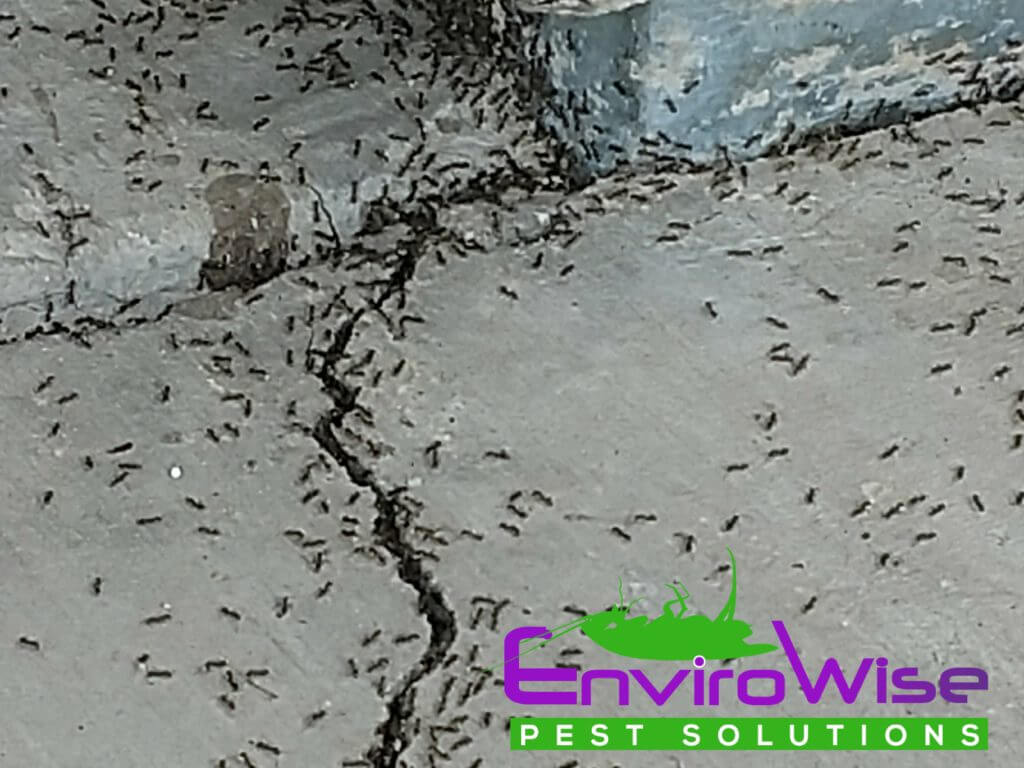EnviroWise is Amazing at stopping your ant issues!
Do not let them sneak into your house....



Use the Form to send us a comment, question , or even to request a service. Then click on the send button. We will reply promptly

EnviroWise Pest Solutions is Amazing
Ants
There are seven ant species in California that are most common (argentine , southern fire, California harvester, velvety tree, carpenter, odorous house, pavement, and the black harvester).
Single node:
argentine, odorous house, velvety tree, carpenter.
Double node:
California fire, thief, pharaoh, harvester, pavement.
The most common ant in California is the argentine ant.
Argentine ants may be one of the few ants whose colonies don’t fight. Each ant knows it belongs to a distinctive colony, but will not fight an argentine ant from another colony.
Argentine – Native to Argentina and Brazil was introduced in the 1800’s on coffee ships.
Live in moist areas near a food source
Can have multiple queens in a colony
Aggressive, will usually eliminate other ant species.
Would you sit still if you were full of formic acid?
There are several queens in a colony.
Ants usually nest in the top 6 feet of soil when nesting in the ground.
Ants are social insects, they live in colonies where there is a division of labor among the colony members. Ants may have sub-colonies. The ants have 3 distinct castes: workers, soldiers and queens.
Ants are mainly nuisance pests. Some are of health or economic significance. Some ants have a rather powerful sting as does the imported fire ant. Some ants like the carpenter ant do some damage to structures by hollowing out a place in the wood for their nest.
Ants have a “pinched in” waist, while termites have a broad waist (the abdomen is broadly joined to the thorax).
Ants use their mandibles for almost everything; biting, pricking, piercing, cutting off heads, building, sawing, gnawing, cutting, carrying, leaping and even bounding, but never for eating.
Click here to request a service now.
The smallest ant is 0.8 mm long, and the largest 1 5/8 inches.
FEEDING HABITS
Most ants are omnivorous which means they eat almost anything, including insects, honeydew, sweets, greases, oils, vegetables, and bread. Once food is found they leave a pheromone trail to lead others to the food source.
Ants have a very narrow esophagus that will not admit even chewed up particles of food. So the chewed up food is fed to the larvae. The larvae then digest and regurgitate it for the adults to eat.
Ants will only send out 10-12% of the colony to forage for food.
REPRODUCTION
The ant has a complete life cycle, egg , larva, pupae, adult. From egg to adult takes 6 weeks to 2 months or more depending on the season, temperature and species.
The female normally mates only once in her lifetime, which she may live and lay fertilized eggs for many years.
The worker ants are sterile.
TREATMENT
Most ant infestations can be QUICKLY controlled with our EnviroWise reduced risk inside/out solution. However, in cases of heavy, difficult infestations a combination of our special EnviroWise reduced risk solutions of barriers and baits may be used. We strive to deliver your peace of mind.
So… you have made it all the way here and still are reading? then I suggest you look at the following link and then return here because we know how and what to do to stop ants now. Click here to go to the UC IPM ANT page. It is simply the best page in California for ID and self help.
Use the Form to send us a comment, question , or even to request a service. Then click on the send button. We will reply promptly


